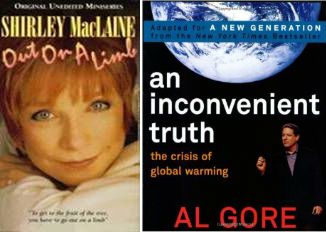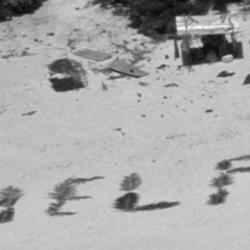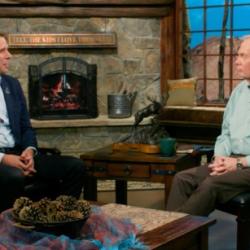At The Christian Century, Mark Stoll writes about “The historical roots of evangelical anti-environmentalism.”
That’s not quite an accurate headline. Stoll really addresses the theological roots of [white] evangelical anti-environmentalism — with a good discussion of evangelical individualism:
Theologically, evangelicalism has accentuated the role of individuals. Evangelicals emphasized the Great Commission (Matthew 28:19–20) to preach salvation to all, who must each personally experience God’s grace and accept Christ. They rejected state-supported churches in favor of voluntary churches of the saved. Colonial persecution and oppression of Baptists confirmed their resentment against active government roles in religion. Evangelicalism swept the South in the early 19th century only when it acceded (tacitly at first, then openly) to existing social and economic institutions. Then, this meant defending slavery; today, it means championing social and economic individualism and weak government. Reluctant reformers, evangelicals insist that only conversion of every individual will solve the nation’s social, economic, and environmental problems. Government’s main role is to get out of religion’s way.
Stoll also runs through the influence of a “dominion” ideology in American Protestantism. I’d have added several more theological factors: an otherworldly focus on the afterlife; premillennial dispensationalism and Rapture mania; etc.
But those are all theological roots. What about the “historical” roots, which Stoll’s piece barely touches on?
Those historical roots, I think, boil down to two main points:

1. The attempt during the 1980s-1990s to make “New Age” the Next Big Threat for direct-mail fundraising and for tribal identification. (During those years, you were far more likely to read about “Gaia” in white evangelical media than anywhere else.) As Christian Smith said, white evangelicals can only thrive when they feel embattled. And since direct-mail fundraising works best when people are scared, the direct-mail industry that shapes white evangelical culture is always on the lookout for a new bogeyman.
But for all the hype, the “New Age movement” was too small, fringe-y and wifty to make a convincing villain on its own. So to serve as a proper tribal enemy, “New Age-ism” had to be recast more expansively, to include the Sierra Club, people who recycle, and that one church member trying to get everyone to use mugs instead of styrofoam cups during coffee hour.
2. Al Gore ran for president in 2000. Against a Republican. Thereafter, talk of climate change or of the heat-trapping properties of carbon was the moral equivalent of Satanic baby-killing.
There are other, less significant factors, too. We’ve seen decades of earnest anti-environmental propaganda from corporate tools and sock-puppets like Calvin Beisner of the “Cornwall Alliance,” or the folks at IRD. But those groups are too feckless and transparently dishonest to credit them with having much influence on anyone who didn’t previously agree with them.
And there’s also, of course, the reflexive anti-environmentalism and anti-government, anti-regulation ideology of large evangelical donors. I suppose white evangelical anti-environmentalism wouldn’t exist without their permission and encouragement, because nothing the tribe does is permitted to exist without their permission and encouragement.
Mainly, though, the historical roots of white evangelical antipathy to environmentalism and of white evangelical climate denialism comes down to two things: Shirley MacLaine and Al Gore. That’s it.
















